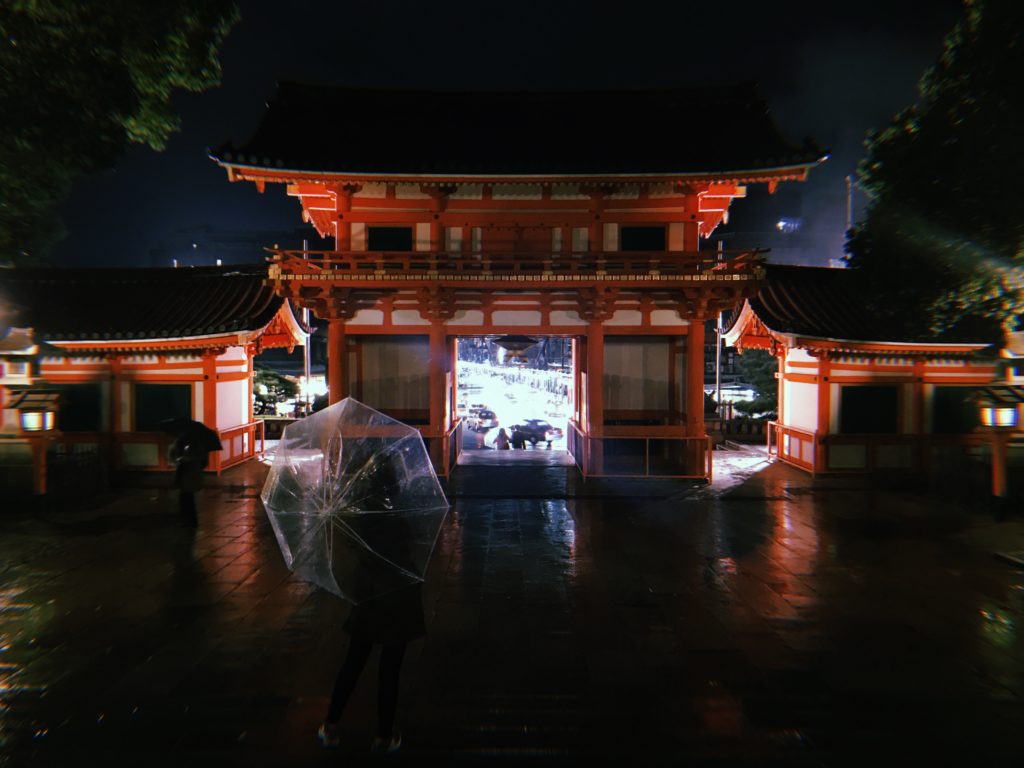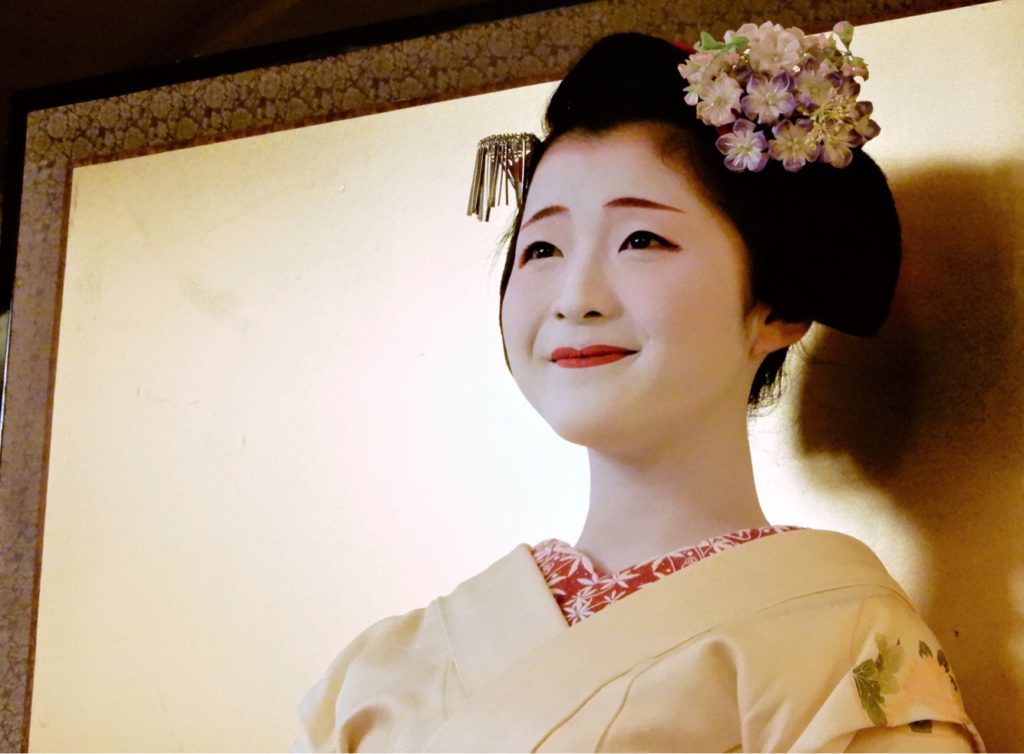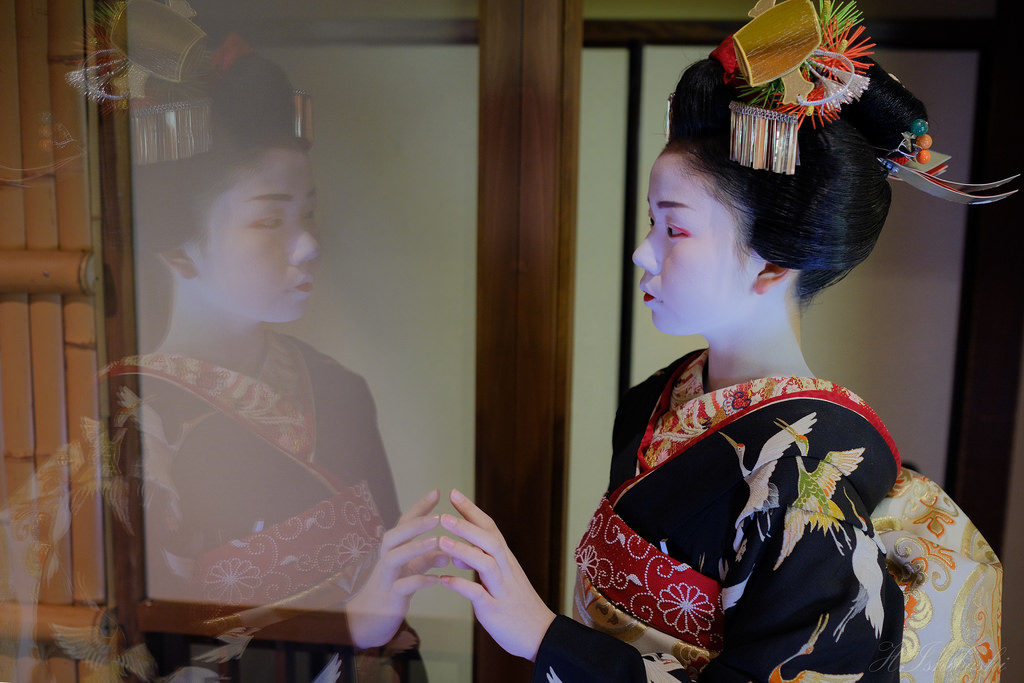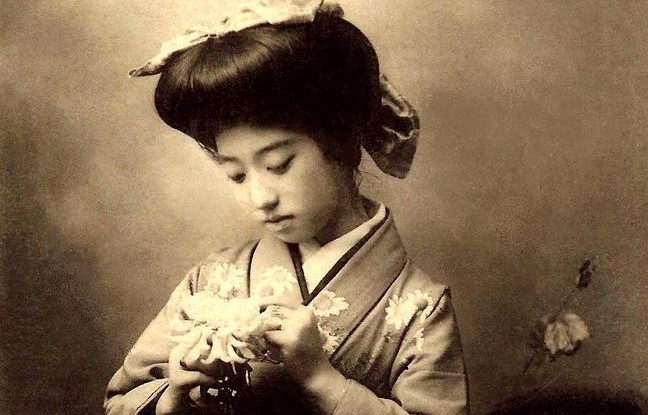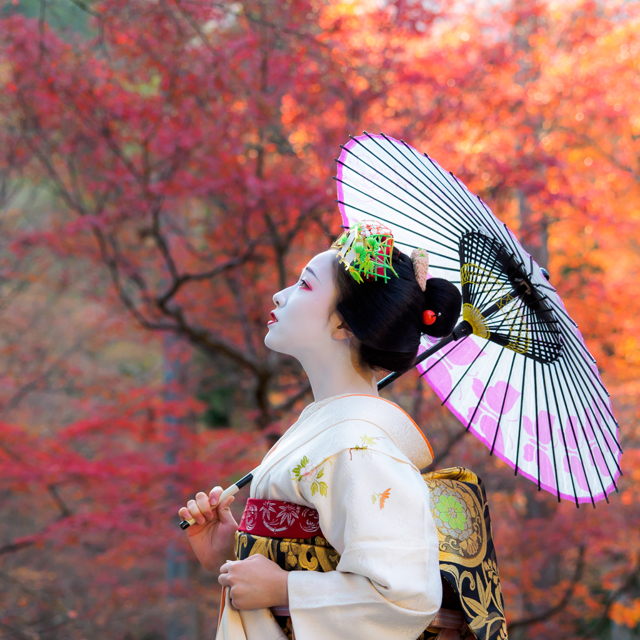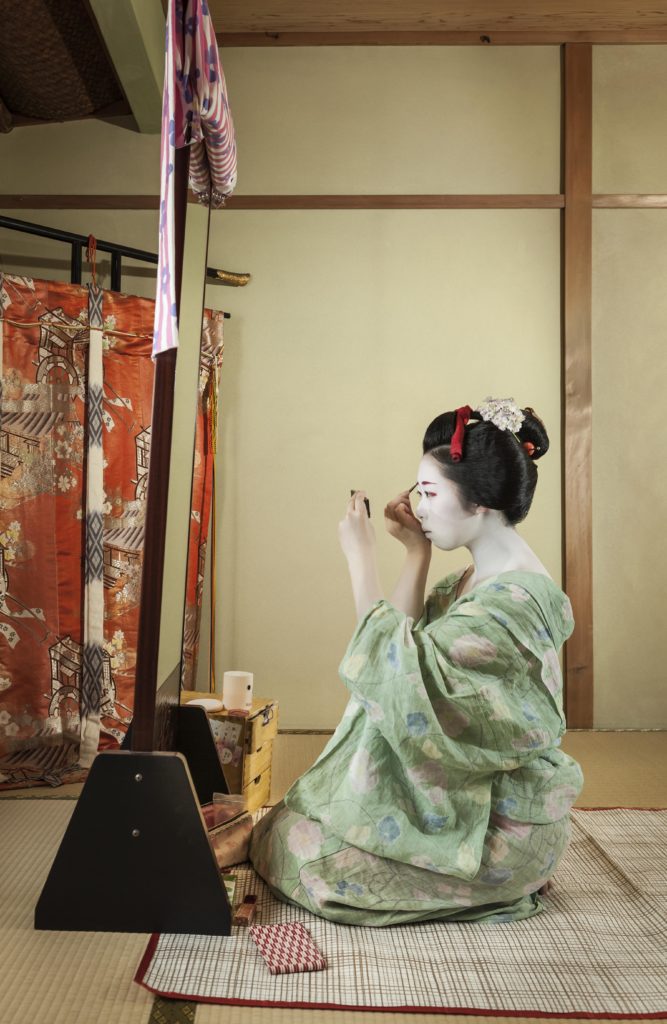
2020, a highly anticipated year, was expected to be groundbreaking, especially for Japan. The upcoming Olympics were exciting not only for the tourists but also for the business owners who invested a lot in one safe bet: the sports games would make the economy great again. The tourism industry, in particular, was thriving in 2019 indeed and 2020 would only accelerate the boom. Because of it, it might have been secure to assume that tourism is an endless gold mine of Japan. The increasing number of tourism-related services is overwhelming, especially in Kyoto and Gion, where even the famous school for geiko is being transformed into another hotel. But then, the most unexpected and terrifying thing has happened—the coronavirus pandemic, described by the Japanese prime minister as “the biggest crisis since the II World War”. What does it mean for the geisha business?
(more…)
